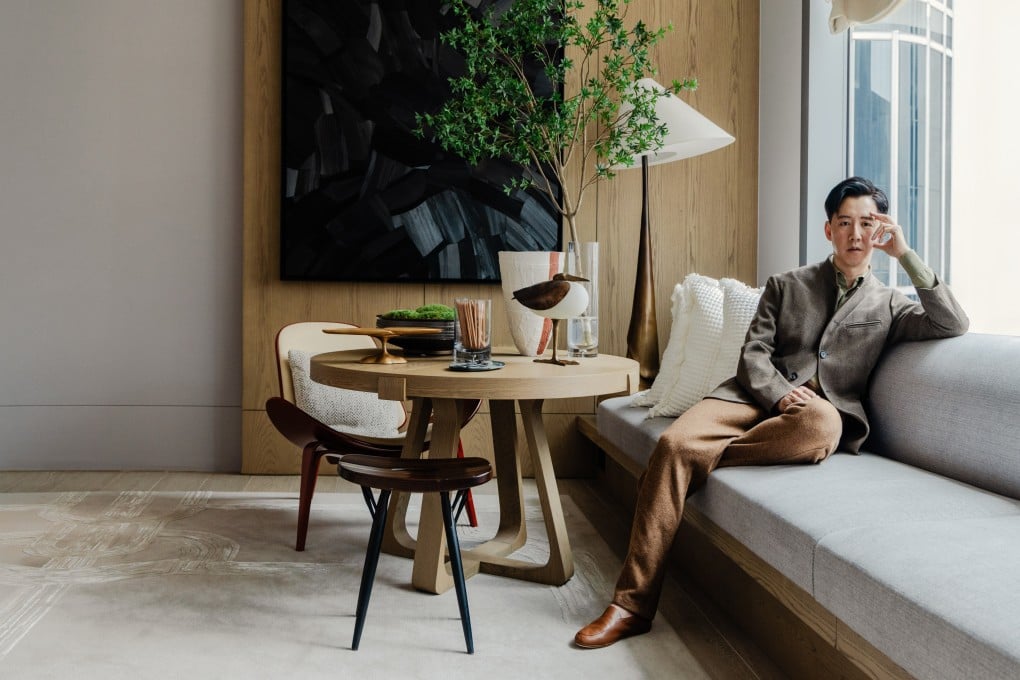Andre Fu reimagines Bangkok’s Dusit Thani, blending modernity and heritage in reborn landmark
Architect behind The Upper House Hong Kong revamps Thai capital’s famed hotel with blend of homage and contemporary flair

In a city flooded with luxury hotels, Fu’s reimagining stands apart with singular clarity, the new incarnation, which opened last September, arguably representing his most sophisticated achievement since The Upper House in Hong Kong catapulted him to design stardom 16 years ago.

Forget the usual hotel revival playbook, where designers cling to the past or erase it entirely. Step into Fu’s lobby, with its lotus leaf-inspired hexagonal ceiling – an arresting three-dimensional construct that echoes the original – and you experience something more nuanced: a space that nods to Thai heritage without becoming a cultural museum. It’s Thai design with the dust blown off.

But time had taken its toll. Low ceilings and outdated facilities no longer met the standards of modern hospitality. Rather than settle for another renovation, the third-generation owners, the Donavanik family, made the difficult decision to demolish the original structure for something new, tapping Architects 49 and OMA Asia for the glossy new 39-storey tower.